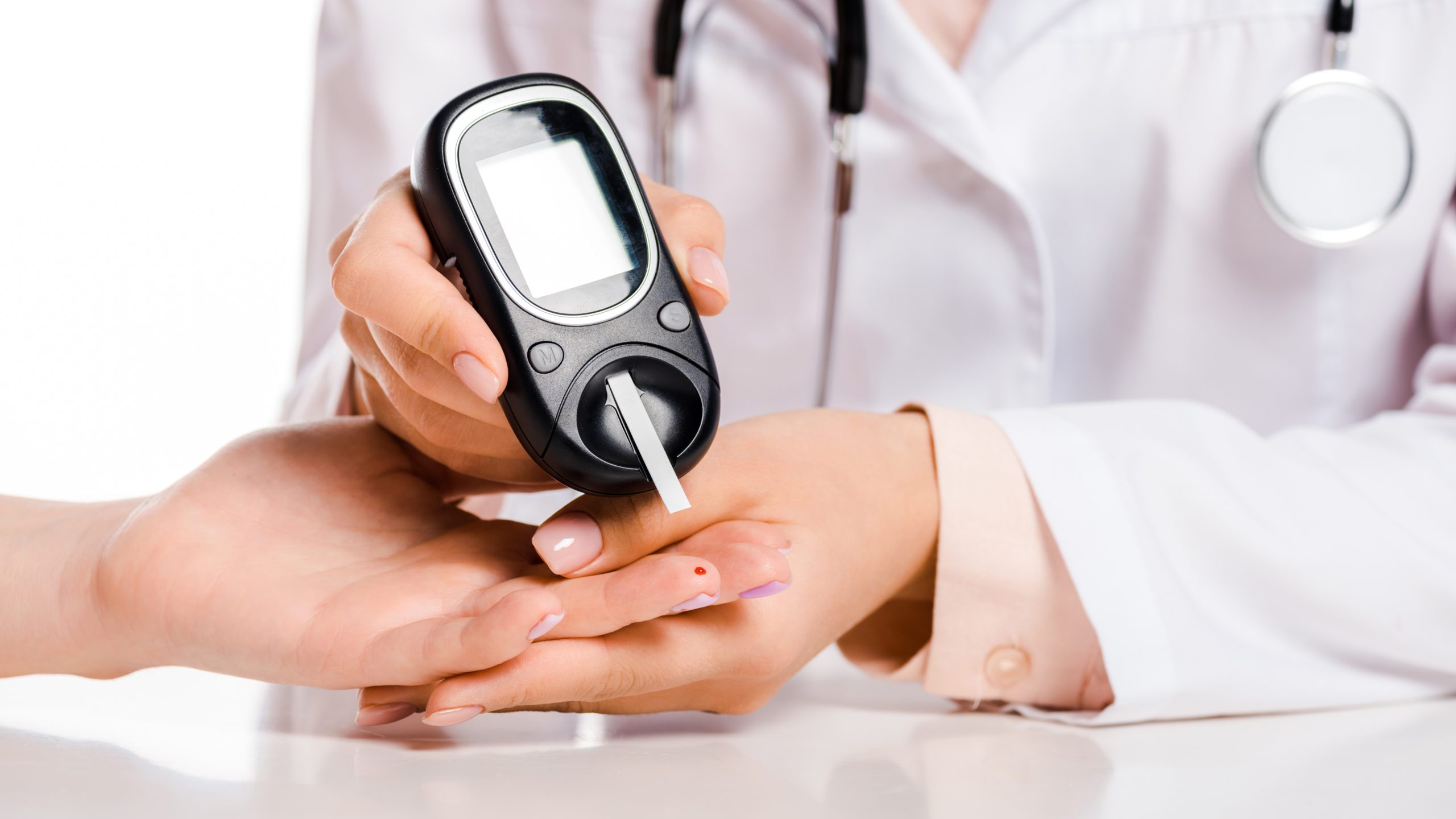Apart from type 1, type 2, and gestational diabetes, there are several other types that can be just as serious. About 2% of people have such types of diabetes. They include drug-related diabetes, diabetes associated with other diseases, and diabetes caused by genetic mutations. The latter, in turn, includes maturity-onset diabetes of the young, neonatal diabetes, Wolfram syndrome, and Alström syndrome.
Maturity onset diabetes of the young (MODY)
MODY is a rare form of diabetes that runs strongly in families and differs from both type 1 and type 2 diabetes. It is caused by a change in a single gene. If a parent bears this mutation, their child has a 50% chance of inheriting it. If that happens, they will generally develop MODY before age 25. It does not depend on factors like their body weight, lifestyle, or ethnicity.
The most common types of MODY are:
HNF1-alpha. It is the most common type, which accounts for about 70% of MODY cases. It causes diabetes by decreasing the amount of insulin produced by the pancreas. The condition usually develops in adolescence or early twenties. Patients with HNF1-alpha MODY typically do not need to take insulin. Instead, they can be treated with small doses of a group of drugs called sulphonylureas.
HNF4-alpha. This one is not as common as the other kinds of MODY. People with a mutation in this gene are likely to have had a birth weight of about 4 kg. They may also have had a low blood sugar level at, or soon after, a birth. Patients with HNF4-alpha are usually treated with sulphonylurea drugs but may also need insulin treatment at some point.
HNF1-beta. People with this type of MODY can develop various problems, such as kidney cysts, uterine abnormalities, gout, and diabetes. Kidney cysts can usually be detected in the womb before a baby is born. On the other hand, diabetes tends to develop later in life. It usually requires insulin treatment, as well as a healthy balanced diet and regular physical activity. HNF4-beta MODY also can lead to complications of diabetes.
Glucokinase. This gene helps the body to determine the blood sugar level in the organism. When it is not working properly, the blood sugar can be higher than it should be. Still, the numbers are typically just slightly higher than normal (5.5-8 mmol/l). Glucokinase MODY usually does not have any symptoms and is often diagnosed through routine testing. This form of MODY does not require any treatment.
All types of MODY, except glucokinase type, carry a risk of long-term diabetes complications. Therefore, it is essential to follow a healthy balanced diet and stay physically active because it helps maintain good blood sugar and cholesterol levels, reducing the risk of complications.
More details:
Prediabetes and measures of prophylaxis
Differences between type 1 and type 2 diabetes
Causes, mechanisms of the disease development and symptoms (Diabetes mellitus type 1)
Causes, mechanisms of the disease development and symptoms (Diabetes mellitus type 2)
















Leave a Reply
You must be logged in to post a comment.